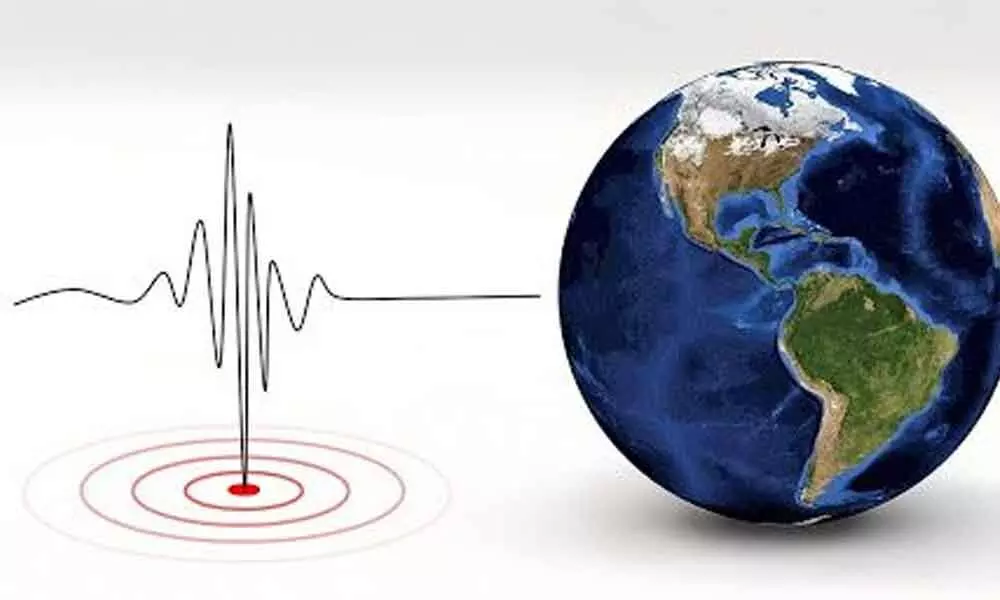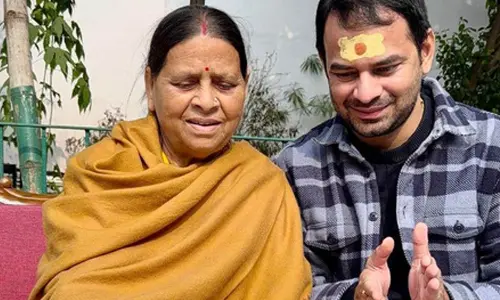New model may lead to better earthquake prediction: Study

Researchers have developed a new model to explain how earthquakes produce seismic waves with a range of frequencies, an advance that may help estimate the vibration patterns made by some quakes, and lead to better prediction of the natural disaster.
Researchers have developed a new model to explain how earthquakes produce seismic waves with a range of frequencies, an advance that may help estimate the vibration patterns made by some quakes, and lead to better prediction of the natural disaster.
According to the study, published in the journal Geophysical Research Letters, collisions of structures as they attempt to slide past each other during an earthquake may also create jerky ground motion seen during the quakes.
"The way we normally think of earthquakes is that stress builds up on a fault until it eventually fails, the two sides slip against each other, and that slip alone is what causes all the ground motions we observe," said Victor Tsai, study co-author from Brown University in the US.
In the study, the researchers developed a new model that predicts the potential effects of rock collisions in fault zones, which are regions of discontinuity in a volume of rock across which there has been significant displacement due to rock-mass movement.
"The idea of this paper is to evaluate whether there's something other than just slip. The basic question is: If you have objects colliding inside the fault zone as it slips, what physics could result from that?" Tsai said.
The model suggested that collisions between rocks sliding past each other could be the principal driver of high-frequency vibrations.
According to the scientists, combining the collision model with more traditional frictional models offers reasonable explanations for earthquake observations that don't quite fit the traditional theory alone.
They said the combined model helps explain repeating earthquakes which are quakes that happen at the same place in a fault, and have nearly identical seismic waves.
The study noted that these quakes often have very different magnitudes, yet still produce ground motions that are nearly identical.
The researchers said these observations are difficult to explain by slip alone, but make more sense with the collision model added.
"If you have two earthquakes in the same fault zone, it's the same rocks that are banging together -- or at least rocks of basically the same size," Tsai said.
"So if collisions are producing these high-frequency vibrations, it's not surprising that you'd get the same ground motions at those frequencies regardless of the amount of slip that occurs," he added.
According to the study, the new model may also help explain why quakes at more mature fault zones -- ones that have had lots of quakes over a long period of time -- produce less damage compared to those of the same magnitude at more immature faults.
Repeated quakes may grind down the rocks in a fault, making them smoother, the scientists explained. The combined model, they said, predicted that smoother faults with less jagged rocks colliding would produce weaker high-frequency vibrations.
The researchers, however, said that more work needs to be done to fully validate the model.
But if proven valid, they added that the new model could be helpful in identifying faults which are likely to produce more damaging earthquakes.














